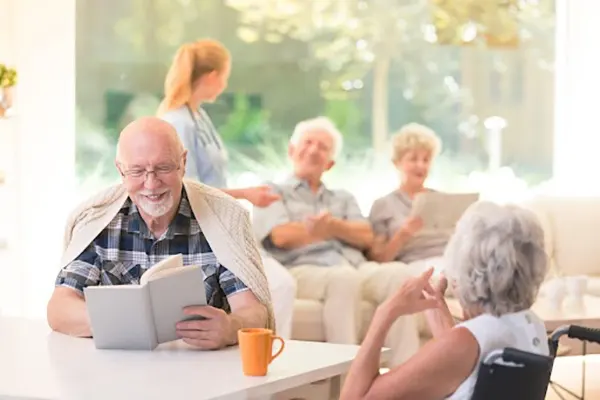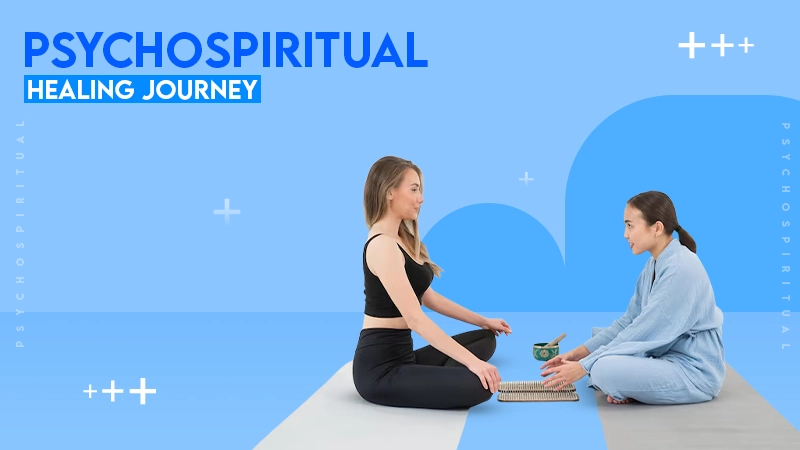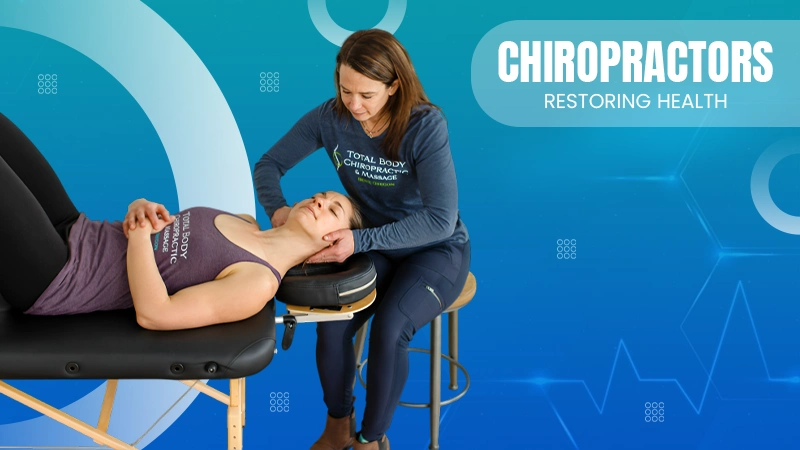- Understanding What Live-In Care Means
- Why Safety Is the Heart of Live-In Care
- How Personal Independence Is Encouraged
- The Comfort of Companionship and Emotional Support
- Tailoring Care to Fit Individual Needs
- The Practical Benefits for Families
- The Role of Nutrition and Daily Routines
- Supporting Recovery and Ongoing Health
- When Is Live-In Care the Right Choice?
- Live-in Care Helping Seniors Remain Confidently in Their Own Homes

What if aging or health challenges didn’t have to mean giving up the comfort of home? Many families today face the difficult choice between moving a loved one to a care facility or finding reliable in-home help.
Live-in care offers a compassionate solution that keeps people safe where they feel most at ease. It provides continuous support, companionship, and assistance tailored to each person’s needs. This approach preserves independence while offering peace of mind.
In this blog, discover how live-in care balances safety with freedom. You’ll gain insight into how it empowers individuals to live confidently in their own homes. Read on!
Understanding What Live-In Care Means
A trained caregiver lives in the home of the person who needs help and is there for them 24 hours a day, seven days a week. In this way, care is ongoing and available right away, not just when it’s planned.
The deal guarantees safe delivery of food and medicine. Live-in caregivers build relationships that last longer than home health aides. This stability makes me feel safe and at ease.
People like to know that their loved one is always with them. Most importantly, live-in care keeps people in places they know and love.
Why Safety Is the Heart of Live-In Care
Live-in care is safer for families, so they choose it. Accidents, falls, and medical emergencies happen much less often when someone is home 24 hours a day, seven days a week.
Caregivers are taught to notice health problems early on, before they get worse. Getting rid of tripping hazards, fixing the lighting, and checking the medicines make a big difference.
Families and clients feel safer when there is constant supervision. It also cuts down on hospital stays that aren’t necessary. Setting safety first every day helps independence grow freely and with confidence.
How Personal Independence Is Encouraged
Live-in care is not about taking control away-it’s about giving control back. Caregivers encourage clients to do as much as possible on their own, offering help only when needed. This approach builds confidence and keeps people engaged in daily living.
Simple activities like preparing a snack or folding laundry can restore a sense of purpose. Maintaining routines helps preserve dignity and identity.
The focus is always on what a person can do, rather than what they cannot. By encouraging choice and participation, live-in care strengthens independence while keeping safety close at hand.
The Comfort of Companionship and Emotional Support
Being alone can be very bad for older or disabled people. Live-in caregivers make every day better by being there with you.
Food, talking, and laughing are all good for your mental health. This link keeps people from feeling alone, which can lead to depression or anxiety. Having fun with someone by talking, playing games, or doing hobbies can make you feel better.
A lot of the time, the emotional support that live-in caregivers give is just as important as their physical help. Many families find that this bond becomes a part of them over time. True friendship is good for your health and happiness.
Tailoring Care to Fit Individual Needs
Every person’s situation is unique, and live-in care adapts to meet those differences. Care plans are designed around medical conditions, preferences, and daily routines.
Some may need help with personal care, while others need assistance with cooking or errands. The flexibility allows for changes as health needs evolve. This custom approach ensures no two care plans are exactly alike.
It respects individuality and personal rhythm. The live in care company often works closely with families and healthcare professionals to maintain consistency. Personalized care promotes comfort, dignity, and dependable support day after day.
The Practical Benefits for Families
When a loved one is always being watched, their family feels a lot safer. With live-in care, there are no more rushed visits or changing caregivers.
It’s less stressful to coordinate a lot of different services. Many people think that getting personal attention is cheaper than living in a facility. Routines at home stay the same.
Communication between a caregiver and a patient gets easier over time and builds trust. Families are free to visit when there are no visiting hours. This sensible arrangement helps keep people emotionally stable and keeps the family together in a warm home.
The Role of Nutrition and Daily Routines
Nutrition and habits are important for health. Food is balanced and made to fit each person’s tastes and diet by live-in caregivers. It is best to set regular reminders to eat, drink, and take medications.
People who have trouble remembering things find structure in their day, which also helps them feel less anxious. Normal routines also help calm people down.
Now, meals are social events instead of things that need to be done quickly. People who care for others do daily tasks that make them feel safe and loved. Helping people develop healthy habits every day is very important.
Supporting Recovery and Ongoing Health
For those recovering from surgery, illness, or managing long-term conditions, live-in care offers valuable continuity. A caregiver ensures medical instructions are followed and recovery goals stay on track.
Assistance with mobility exercises or wound care helps healing progress safely. Having someone nearby prevents strain and reduces the risk of setbacks. Emotional encouragement also plays an important role in recovery.
Caregivers motivate clients to stay active and positive during challenging times. The consistent care at home helps avoid readmissions to the hospital. Long-term, this stable support leads to stronger, healthier living overall.
When Is Live-In Care the Right Choice?
Live-in care becomes ideal when safety, companionship, and independence must all work together. It suits those who value staying at home but need reliable daily help. Individuals with chronic illness, memory loss, or mobility issues benefit most.
Families who live far away also find comfort knowing constant support is present. The arrangement is flexible, offering short-term recovery help or long-term assistance.
It’s also suitable for couples who wish to remain together despite differing care needs. Ultimately, live-in care honors both safety and freedom. It’s a choice that reflects love, respect, and tradition.
Live-in Care Helping Seniors Remain Confidently in Their Own Homes
Care that you beautifully live in support and individuality. Home safety and trust are kept up by it. Accidents don’t happen, people don’t feel alone, and independence is encouraged at all times.
Knowing that trained caregivers are kind and available 24 hours a day, seven days a week, gives families peace of mind. That’s a good choice for recovery or long-term help. Comfort at home is very important.
Did you like this guide? Great! Please browse our website for more!








